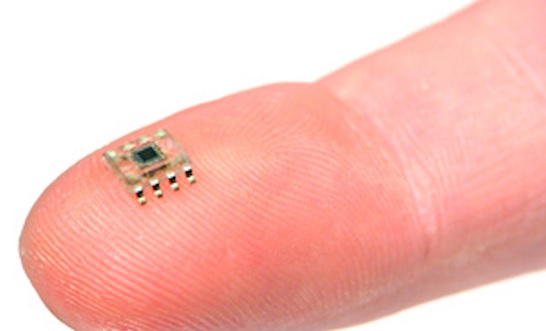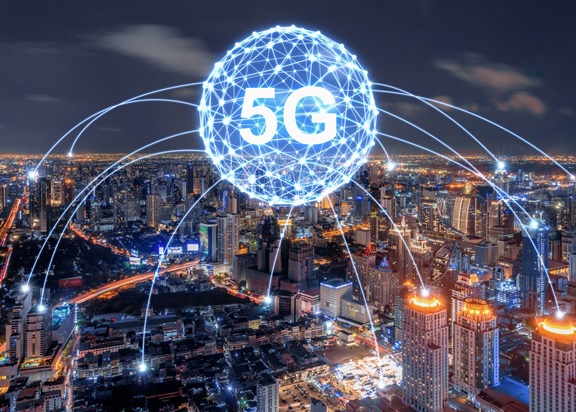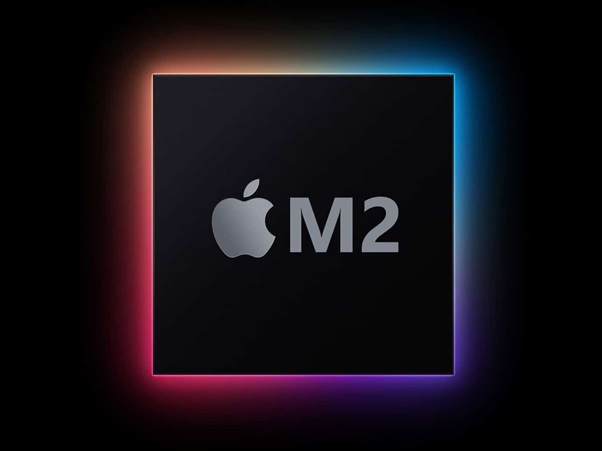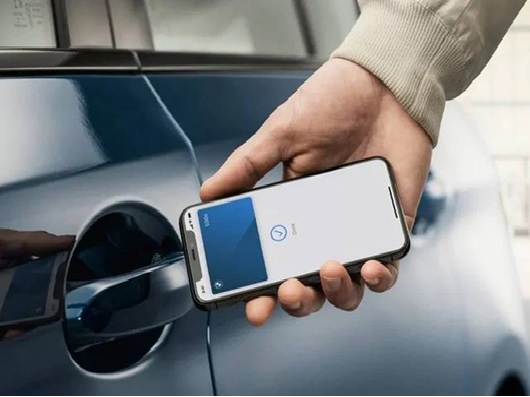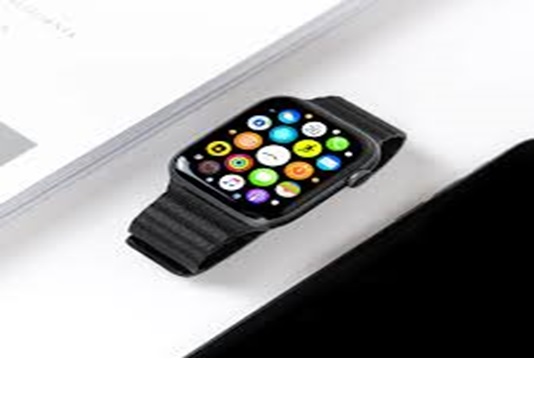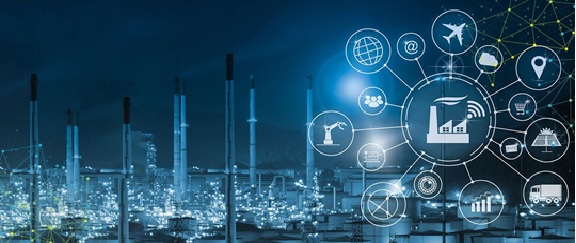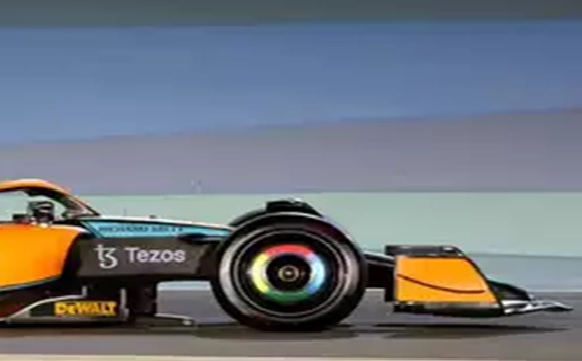Electrification in Mobility
Electrification is the process of powering human activities and the devices used to perform these activities by electricity. It entails transitioning from a legacy source of energy to electricity for powering a particular activity—for example, shifting from gas-powered cars to electric vehicles. [1]

Figure 1. Electrification in Mobility
Figure 1 shows the growth of electric mobility and promote sustainability, advances have to be spurred in electric drive solutions, EV charging, and infrastructure, as well as data analytics and security. Despite the numerous environmental benefits of fleet electrification, there still remain many hurdles for their adoption, especially with the ongoing COVID-19 pandemic. Startups globally develop solutions to enable the widespread adoption of EVs by providing efficient batteries and charging infrastructure. At the same time, emerging companies are manufacturing electric vehicles of all sizes to streamline the logistics sector and reduce harmful emissions. [3]
Next generation tools will drive electrification
Designing and building electric vehicles that will ultimately replace internal combustion engine (ICE) vehicles presents a formidable set of technological challenges. It not only requires a new set of technologies to address the electrification of the vehicle, but it requires developing and building a completely new infrastructure to keep EVs on the road and running efficiently. Car makers must completely re-think vehicle engineering and the vehicle experience for the driver while trying to keep the existing DNA of their car brands as they convert iconic brands to electric drives.[4]
Electric Mobility and the Powertrain of the Future
Mobility is something like a basic human need. But in view of the challenges of climate change and the associated targets for reducing CO2 emissions, the demands on mobility are also changing – especially in cities. In these conurbations, aspects such as environmental protection, emissions and limited space are particularly important.
Therefore, in the long term, a wide variety of vehicle concepts from scooters to driverless shuttles will promise to transport people and goods over short and long distances. This also applies to construction sites that face the challenge of reducing emissions in metropolitan areas. [2]
References:
- https://www.nrel.gov/transportation/urban-mobility-electrification-research.html
- Source: https://www.bosch.com/research/fields-of-innovation/electrified-mobility-and-systems/
- https://www.startus-insights.com/innovators-guide/top-10-mobility-industry-trends-innovations-in-2021/#electrification
- https://www.automationworld.com/design/article/21354433/the-electrification-of-transportation-and-mobility
Cite this article:
Thanusri swetha J (2022), Electrification in Mobility, Anatechmaz. pp.39


